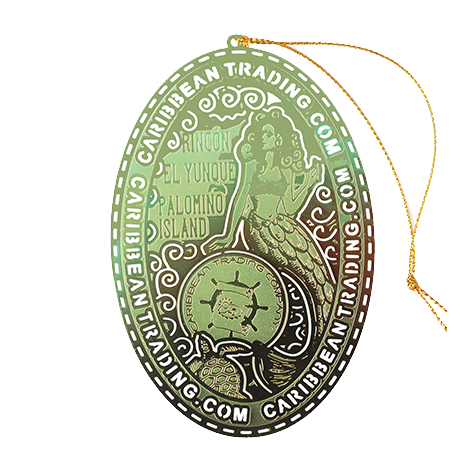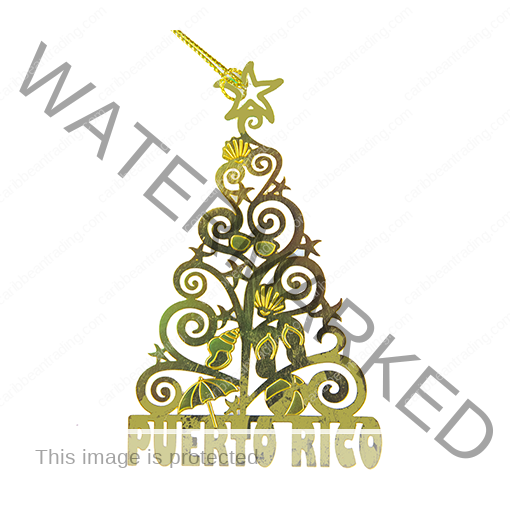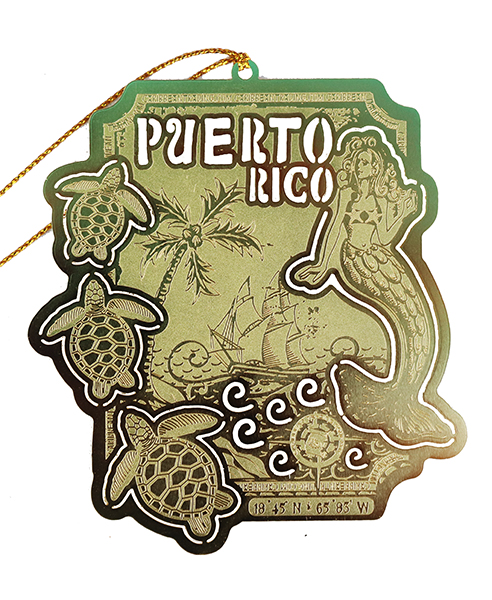Caribbean History
New Year’s Eve Traditions in the Caribbean
New Year’s Eve is a celebration marked with joy, hope, and reflection across the world. In the Caribbean, this occasion is not only about welcoming the new year but also about honoring cultural practices and celebrating the region’s rich history. From fireworks lighting up the night skies to lively music, food, and symbolic rituals, New Year’s Eve traditions in the Caribbean are as diverse as the islands themselves.
While each island has its own unique ways of celebrating, many common elements exist that bind the Caribbean experience together during this festive time. Let’s explore some of the most cherished New Year’s Eve traditions in the Caribbean, showcasing the colorful spirit of the region.
Fireworks and Festive Displays
A common element throughout the Caribbean on New Year’s Eve is the use of fireworks. These dazzling displays are often a highlight of the evening, signaling the arrival of the new year with bright colors and explosive sounds. In places like Trinidad and Tobago, Barbados, and Jamaica, fireworks can be seen lighting up the night sky, with many families gathering outdoors to witness the spectacle.
For some, the fireworks symbolize the clearing of old energy and the welcoming of fresh beginnings. The sound of fireworks is also believed to chase away evil spirits, ensuring that the upcoming year will be filled with prosperity and happiness.
If you’re in the region during these days, you can enjoy amazing fireworks at the resort or luxury hotel. You’ll be watching the spectacle at the beach, the entertainment area or more! After that, you can go to relax again or maybe enjoy the night at the casino with amazing shows, or simply have fun with online gambling sites at the room!
Music and Dancing: The Heartbeat of the Celebration
Caribbean culture is deeply rooted in music, and New Year’s Eve celebrations are no exception. From the rhythmic beats of soca and calypso in Trinidad and Tobago to the lively sounds of reggae and dancehall in Jamaica, music plays a central role in setting the tone for the night.
In Trinidad and Tobago, it is common to hear the infectious tunes of steel pan bands ringing through the streets, while parties in Barbados are often filled with the vibrant rhythms of calypso. In some regions, like Puerto Rico, the music includes a mix of salsa, merengue, and bomba y plena, providing a soundtrack to the evening’s festivities.
As the night progresses, people from all walks of life gather to dance and enjoy the beats, reflecting the Caribbean’s love for music and its power to bring people together. Whether in public spaces or private homes, the music creates an atmosphere of joy and celebration that transcends age, background, and nationality.
Traditional Foods and Feasts
The food served during New Year’s Eve in the Caribbean is as varied and diverse as the islands themselves. A festive spread of traditional dishes takes center stage, with families and friends coming together to enjoy meals that are rich in history and flavor.
In countries like the Bahamas and Jamaica, dishes like conch fritters, jerk chicken, and rice and peas are staples at the table. In Puerto Rico, lechón (roast pork) is often the centerpiece of the meal, accompanied by arroz con gandules (rice with pigeon peas) and pasteles (savory pies made with green bananas). Many households also serve traditional sweets, such as black cake, a rich fruit cake soaked in rum, and coquito, a creamy coconut beverage spiked with rum.
On some islands, it’s customary to serve a plate of 12 grapes at midnight, one for each stroke of the clock. Each grape is meant to symbolize a wish or resolution for the new year. This tradition, which originates from Spain, has become popular in countries like the Dominican Republic, where families enjoy the practice while surrounded by loved ones.
A Time for Reflection and Renewal
New Year’s Eve is often seen as a time for both celebration and reflection. In many parts of the Caribbean, families gather to reflect on the past year, giving thanks for their blessings and contemplating what they hope to achieve in the year ahead. This is a moment to renew personal commitments, with many people making New Year’s resolutions.
In countries like Cuba, there is a strong tradition of looking back on the past year and reflecting on personal growth. For some, this means attending church services to pray for a prosperous and healthy year. Others may spend time with close friends or family, sharing their experiences and setting intentions for the future.
In Puerto Rico, a popular tradition involves “burning the Old Year” in a symbolic ritual where an effigy (often called “El Año Viejo”) is set alight. This latin american ritual represents the act of letting go of negativity and leaving behind any hardships of the previous year. As the effigy burns, people believe that the new year will bring a fresh start, free from the troubles of the past.
Rituals and Superstitions
Along with reflection and celebration, New Year’s Eve in the Caribbean is also steeped in various superstitions and rituals. These beliefs are often passed down through generations and add a layer of intrigue and meaning to the festivities.
In countries like the Dominican Republic, it is common for people to walk around their neighborhood with a suitcase at midnight, in the hope of ensuring that they will travel in the upcoming year. Similarly, many people in the Caribbean believe that wearing certain colors on New Year’s Eve can influence the coming year. For example, wearing red is thought to bring love and passion, while yellow is believed to attract wealth and prosperity.
In Cuba and other parts of the Caribbean, it’s common to carry out a ritual of cleaning the house thoroughly before the new year arrives. This act symbolizes the removal of any bad energy or lingering negativity from the past year, making space for fresh and positive opportunities.
New Year’s Eve in the Caribbean Diaspora
While many Caribbean people celebrate the new year in their home countries, large communities of Caribbean expatriates living abroad, particularly in the United States and the United Kingdom, also uphold these traditions. For example, in cities like New York and London, Caribbean New Year’s Eve parties feature the same vibrant music, festive foods, and cultural practices as those in the islands.
The Caribbean diaspora brings a special energy to New Year’s Eve celebrations, infusing them with nostalgia, pride, and a strong sense of community. This sense of connection to their roots often extends to the next generation, ensuring that these traditions continue to thrive in new places and among future generations.
Conclusion
New Year’s Eve in the Caribbean is a vibrant and joyous occasion, one that brings together music, food, customs, and rituals to celebrate the past year and welcome the new one. From fireworks to feasts, reflection to renewal, the Caribbean’s traditions reflect the region’s unique culture and history. While each island may have its own way of ringing in the new year, the shared spirit of celebration and optimism binds the islands together in a festive embrace that transcends borders. Whether at home or abroad, the traditions of the Caribbean on New Year’s Eve offer a meaningful way to usher in a year of hope, prosperity, and happiness.







